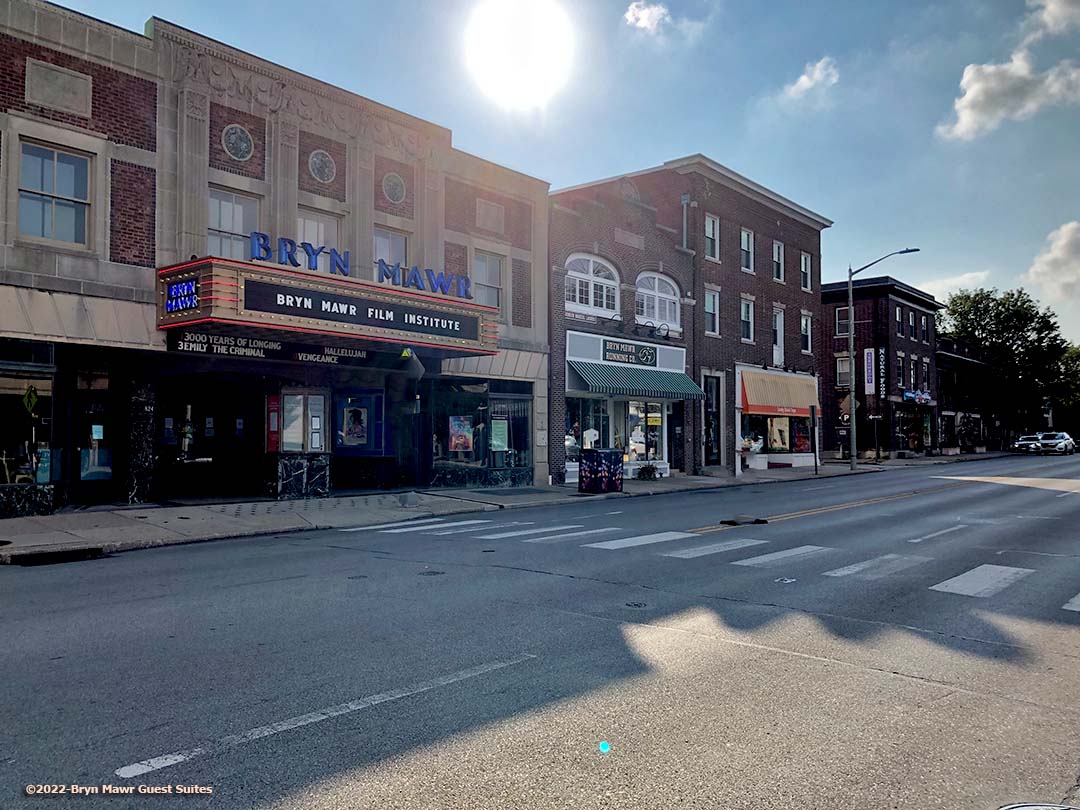
The Main Line

From Wikipedia:
The Main Line region was long part of Lenapehoking, the homeland of the matrilineal Lenni Lenape Native Americans (the "true people", or "Delaware Indians"). Europeans arrived in the 1600s, after William Penn sold a tract of land, called the Welsh Tract, to a group of Welsh Quakers in London in 1681. This accounts for the many Welsh place names in the area.
During the 19th century, the Pennsylvania Railroad built its main line as part of the Main Line of Public Works that spanned Pennsylvania. Later in the century, the railroad, which owned much of the land surrounding the tracks, encouraged the development of this picturesque environment by building way stations along the portion of its track closest to Philadelphia.
The benefits of what was touted as "healthy yet cultivated country living" attracted Philadelphia's social elite, many of whom had one house in the city and another larger "country home" on the Main Line.
In the 20th century, many wealthy Philadelphia families moved to the Main Line suburbs. Part of the national trend of suburbanization, this drove rapid investment, prosperity, and growth that turned the area into greater Philadelphia's most affluent and fashionable region.
Estates with sweeping lawns and towering maples, the débutante balls and the Merion Cricket Club, which drew crowds of 25,000 spectators to its matches in the early 1900s, were the setting for the 1940 Grant/Hepburn/Stewart motion picture The Philadelphia Story.
The railroad placed stops about two minutes apart, starting with Overbrook. The surrounding communities became known by the railroad station names which started at Broad Street Station in Center City Philadelphia and went on to 32nd Street Station (replaced by 30th Street Station in 1933), the 52nd Street Station (decommissioned), and then the Main Line stations: Overbrook, Merion, Narberth, Wynnewood, Ardmore, Haverford, Bryn Mawr, Rosemont, Villanova, Radnor, St. Davids, Wayne, Strafford, Devon, Berwyn, Daylesford, Paoli.
At least five of these station buildings, along with the first Bryn Mawr Hotel, were designed by Wilson Brothers & Company.
Home away from home in the Heart of Bryn Mawr, PA!



